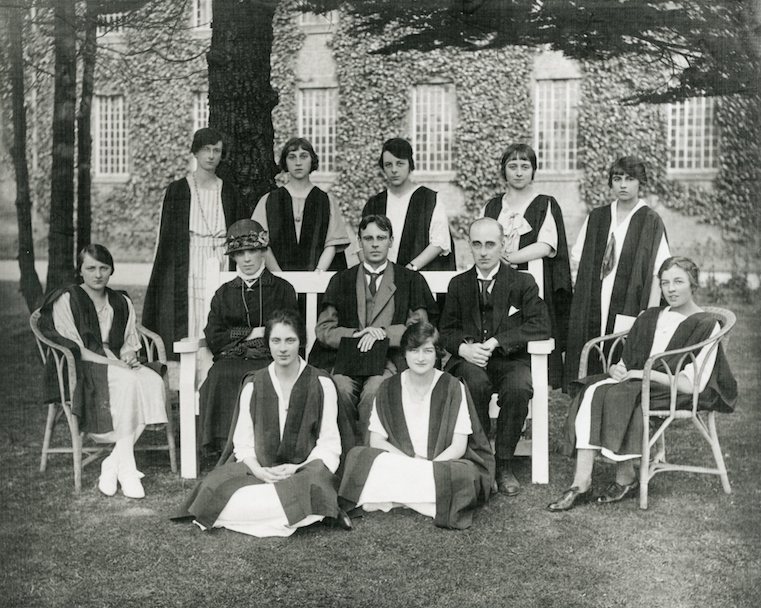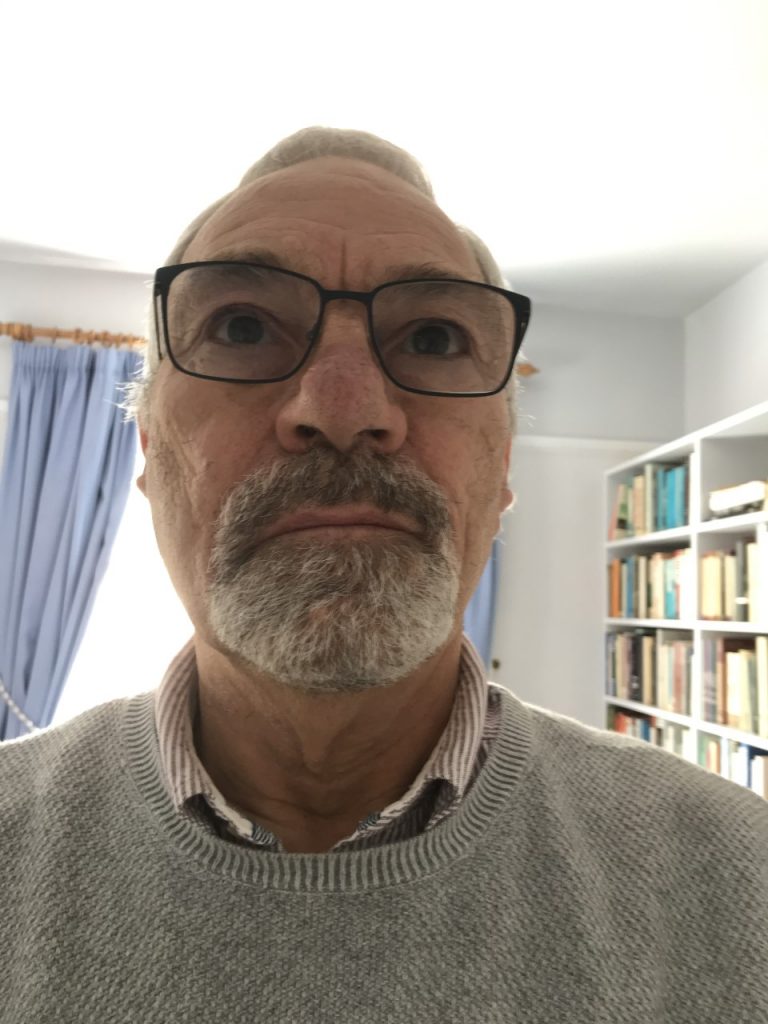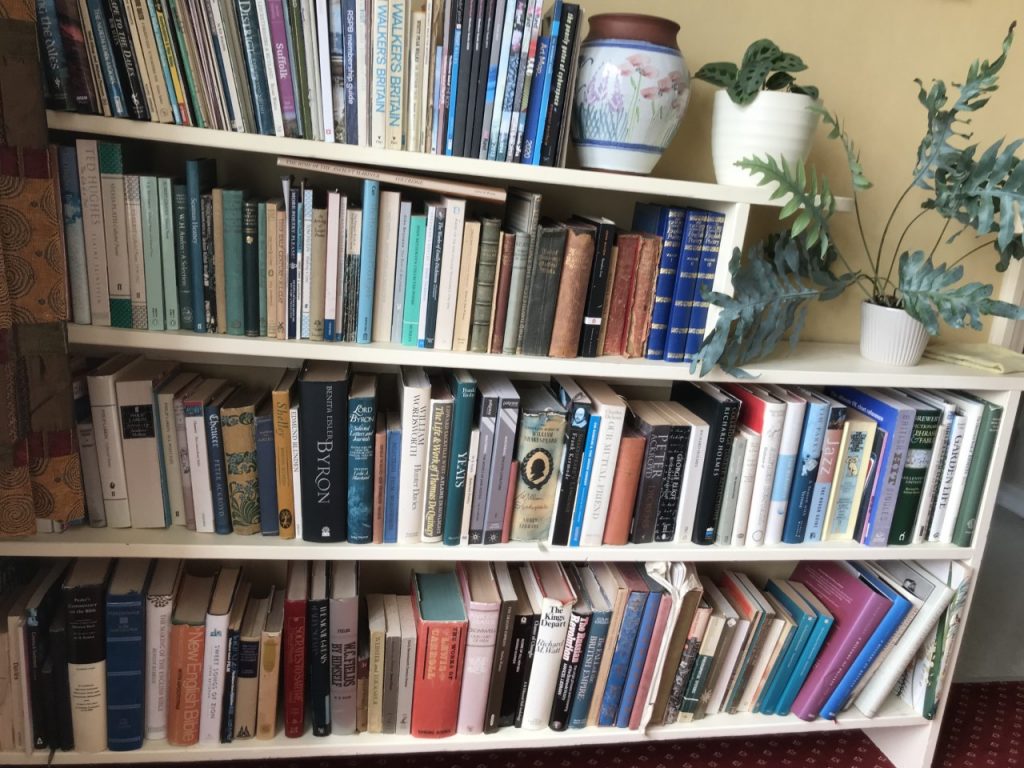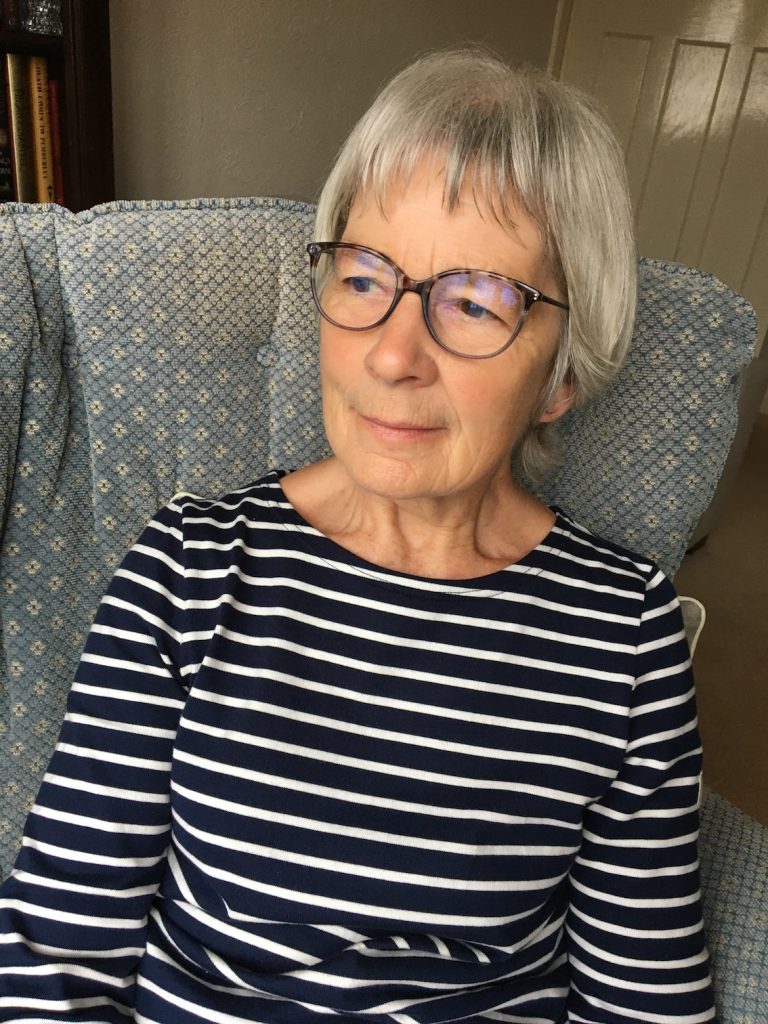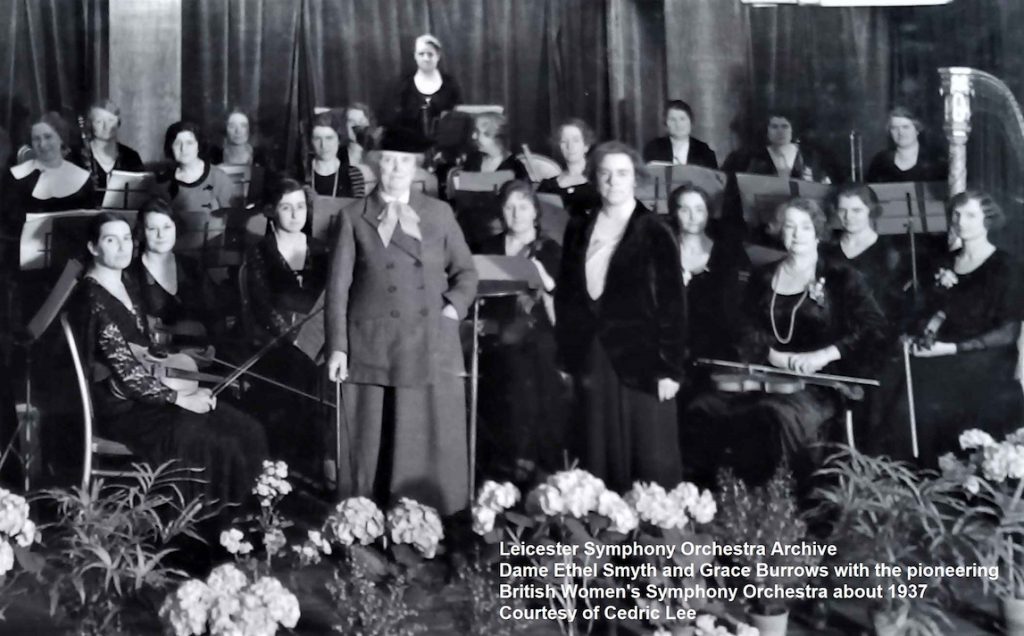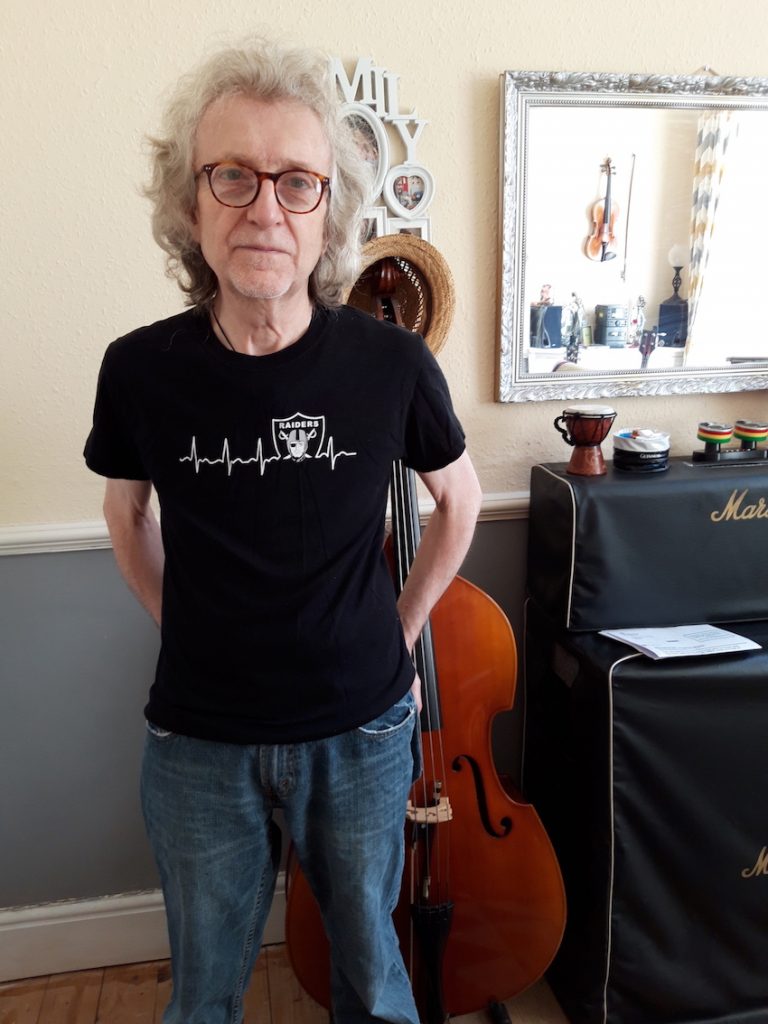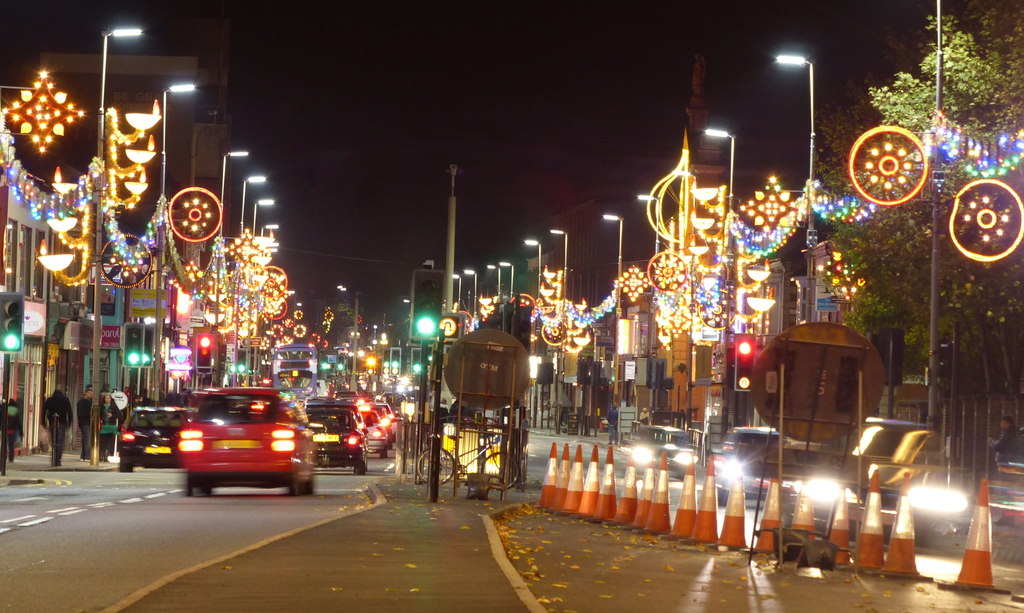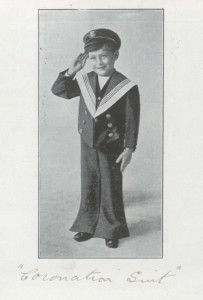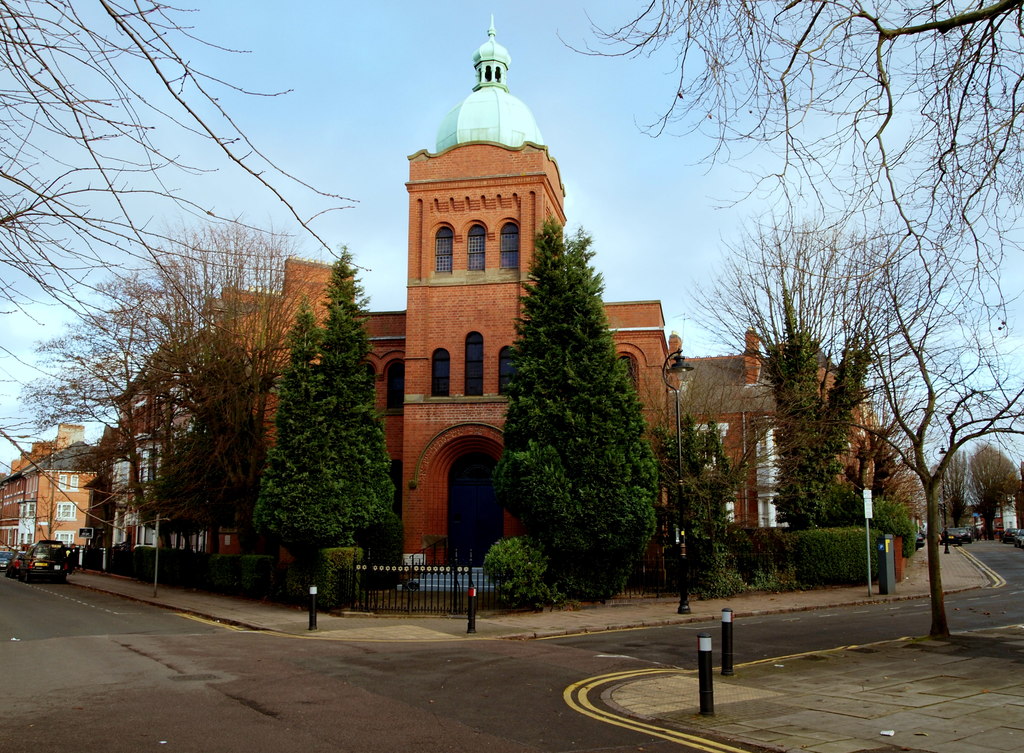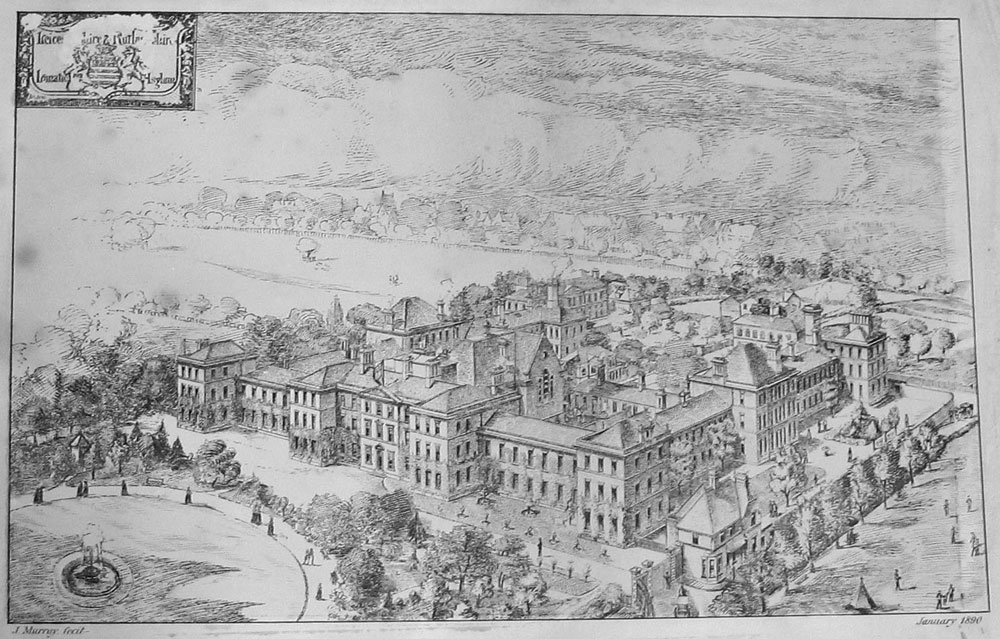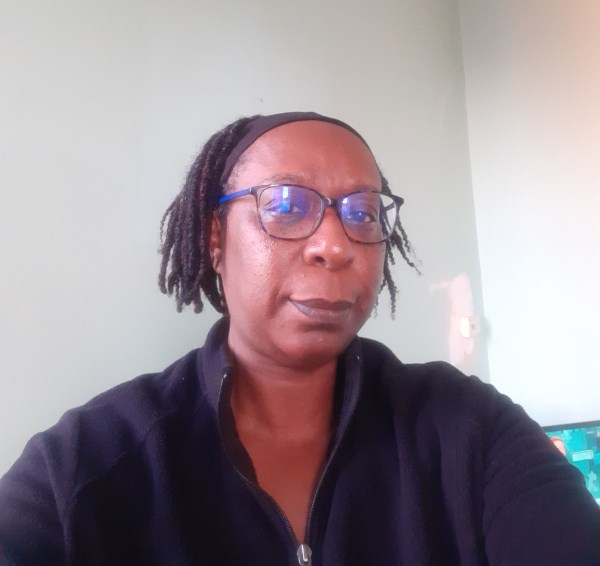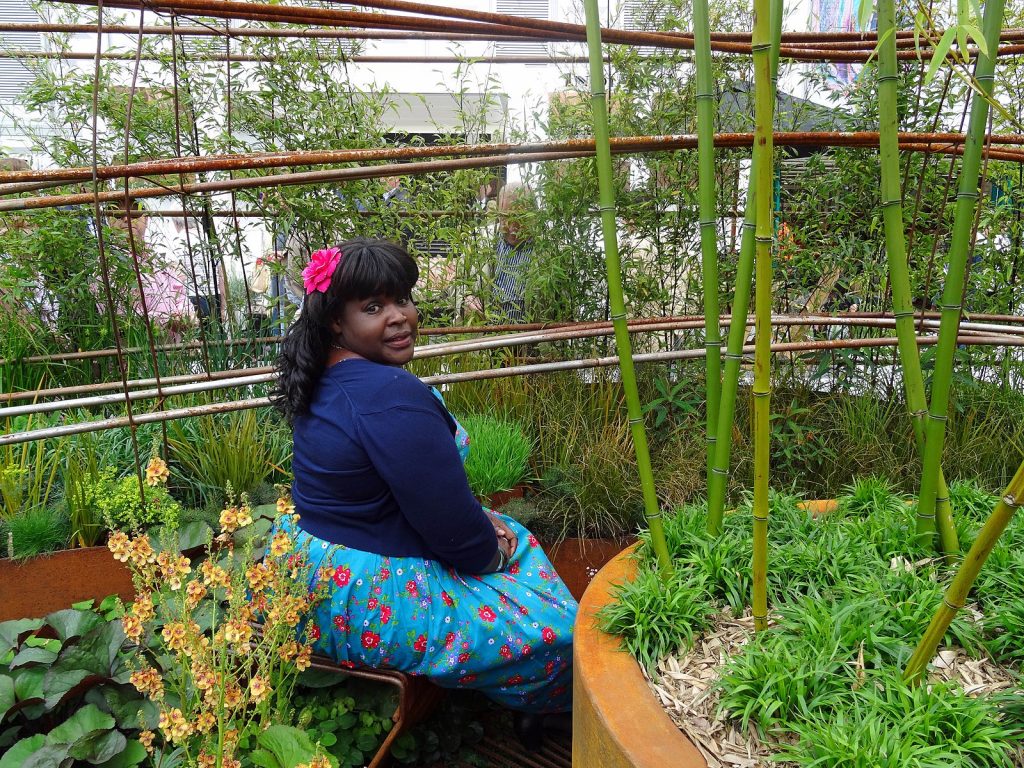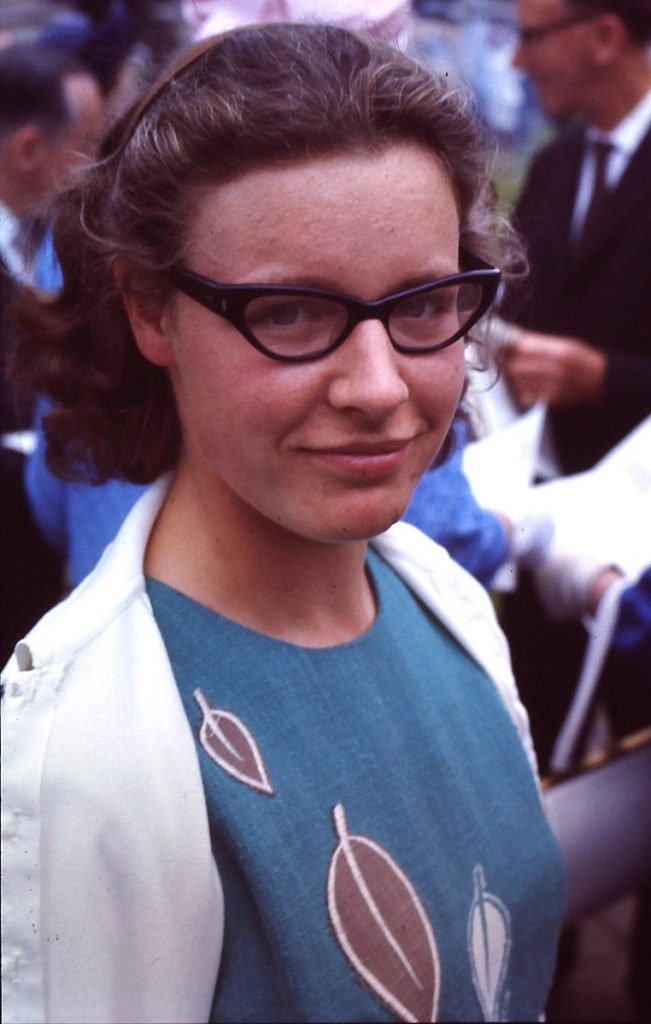Guest post by Gurinder Singh Mann, with contributions from the So that they may have life project team
The Guru Granth Sahib is the holiest scripture of the Sikhs and is venerated by Sikhs across the world. The compositions were written by several of the Sikh Gurus together with compositions from holy saints and bards from India. These saints were Hindus and Muslims, hence making the Guru Granth Sahib a truly global scripture. The secondary scripture: Sri Dasam Granth Sahib composed by Guru Gobind Singh (1666 – 1708), contains martial undertones and represents the warrior strain of the Sikhs.
University of Leicester Sikh Manuscript

The manuscript first came to my notice sometime circa 2013 when I was looking through various University Collections. The mansucript in question belonged to the prominent Harry Hardy Peach (1874–1936), who with his father had set up a bookshop at 37 Belvoir Street, Leicester, specialising in manuscripts and early printed books. He eventually set up a global business called Dryad Handicrafts in 1917, where he had created deck chairs on the Titanic as well as creating handicrafts to aid wounded soldiers in World War 1. At his death in 1936 Dryad Handicrafts was the largest supplier of handicraft materials in the world.
Many of the items he collected were given to the Leicester Museum in 1969. However he also gave over 1,600 books to the University with the Sikh MS being one of them. He was also President of the Literary and Philosophical Society and also a member of the Independent Labour Party and the founders of University College (later to become the University of Leicester).
The manuscript can be dated to the early 1800 period and contains verses from the Adi Granth (Guru Granth Sahib) and the Dasam Granth. As a result, the breviary or Gutka was used for recitation. It would have been a personal volume held by a Sikh soldier, due it being found on the battlefield of Ferozeshah, Punjab. The original labeling and index card stated, “An original copy of the Granth, the holy book of the Sikhs.” The MS was inspected in 1958 by A.S Marwaha, who rightly pointed out that the volume was not the Guru Granth Sahib however he was incorrect on a number of salient points. He states that apart from the verses within Guru Granth Sahib, the remaining aspects are from the Bachitra Natak (wondrous drama) of the Tenth Guru’s writings. In fact there are number of writings included from Guru Gobind Singh’s Dasam Granth. The first section contains verses from the Guru Granth Sahib (with the exception of one set of verses by Guru Gobind Singh-Benti Chapaui contained with the Dasam Granth. The second section contains verses from the Dasam Granth and includes the opening composition of Jaap Sahib.
*Some of the compositions commence in red denoting the start of the new composition.
*The manuscript was also referred to be used in a court case but never used.

The manuscript was displayed at the commemoration day of University College, Leicester on Friday 29th May 1942. This was an opportunity by the University to display a number of rare books and manuscripts, the opening was addressed by Leicester West Member of Parliament, Harold Nicolson.
Anglo Sikh Wars
The Anglo Sikh Wars (1845-1849) were fought between the Sikh Empire and the East India Company, a number of battles took place leading to the annexation of the Punjab in 1849. These battles took place in India and Pakistan where the British were led by generals who had fought in many military campaigns, like the Napoleonic Wars (1803-1815), whilst the Sikhs were led by remnants of the Khalsa army created by Maharajah Ranjit Singh (1780-1839).
Battle of Ferozeshah (First Anglo Sikh War)
The Battle of Ferozeshah took place between 21 and 22 December 1845 in the Punjab, India. It was a heavily contested battle. The British on the verge of defeat had sent for state papers to be burnt and the sword belonging to Napolean Bonaparte (1769 – 1821) in the hands of the Governor-General Henry Hardinge (1785 – 1856) was sent away. (1) With the fate of British India in the balance, some of the Sikh Generals colluded with the British to withdraw their forces. The manuscript was captured by an East India Company soldier however it is presumed that it was brought over to the UK the circumstances of which are not known. The flyleaf records,
Sikh `Grunth` taken from a tent in the Entrenchment of Ferozsheheir, Dec 24, 1845

The MS is similar to other Sikh breviaries in UK collections namely in the British Library. The MS has been kept safe in the collection since the 1920’s.
Anglo Sikh Wars Battles, Treaties and Relics Exhibition 2017
Interpretation work on this important manuscript was undertaken by the Sikh Museum Initiative and the Archives and Special Collections team. Considerations included, what was the best way to display the MS without causing any damage. As a result, it was decided that a special cradle be constructed where the manuscript would rest on. The cradle was constructed by the Bodleian Library, University of Oxford.
After discussions consideration was given on how to display the breviary in a non-Gurdwara setting, after taking advice from numerous organisations, it was decided the Manuscript would rest under a Rumalla or religious cloth. (2) The cloth was donated by Guru Tegh Bahadur Gurdwara Leicester. The display featured a number of Sikh weaponry which mirrors traditional setting of a Gurdwara in reference to the Sikh scriptures. The swords included two talwars (Shropshire Regiment) and two chakkars (quoits) (The Royal Welsh Regiment Brecon) and a Sikh sword taken from the battlefield of Aliwal (The Royal Lancers And Nottinghamshire Yeomanry Museum ). As a result, the sanctity of the MS was maintained as best as possible. In previous exhibitions, curators of institutions have never gone to the lengths that the Sikh Museum Initiative and the University of Leicester went to ensure that the sentiments of the wider Sikh community were respected.

The manuscript was displayed at the exhibition Anglo Sikh Wars Battles, Treaties and Relics at Newarke Houses Museum, Leicester from 11th March to 4th June 2017. The MS was indeed one of the highlights of the exhibition. (3) The University of Leicester also held a mini display on the Anglo Sikh Wars at the David Wilson building with copies of the Illustrated London News on display which reported on the Anglo Sikh Wars during the time.
Anglo Sikh Museum
In 2018 the Sikh Museum Initiative commenced a project on the research and 3d digitisation of important Sikh relics and artefacts in public and private collections. A project funded by the Heritage Lottery Fund, The project has catalogued jewelry, arms and armour and the team have worked with many museums like the Royal Armouries and the Victoria and Albert Museum. As part of the project discussion started on digitisation of MS 241. This was timely as there was existing work in the University department looking at the digitisation of (MS 210 – Ethiopic Manuscript). (4)
3d model of the Manuscript
Highly detailed Images of the Manuscript were sent to the ourselves. It was deemed that we would create a model of only the binding and the depiction of two angs of the MS.(5)
Taran Singh of Taran3d who created the 3d model describes the process as “mix of photography and traditional Computer aided design software to create an accurate 3D representation of the manuscript. The difficult part was to animate the opening of the manuscript so that the text could be seen and read. It was wonderful to be able to see the final model come together and the animation gave it a whole new level of interaction that would not be possible in a traditional museum setting.”
This work will hopefully lead to a larger project on the complete digitisation of the MS which incorporates a fuller 3d model.
We would like to thank Dr Simon Dixon, Head of Srchives and Special collections (University of Leicester), So that they may have life volunteers Tony Moore and Maria Chiara Scuderi, Jasmohan Singh Obhi, the Leicester Museums Service for supporting the interpretation of the manuscript and the National Lottery Heritage Fund for the funding of both projects.
Notes
(1) The Sikh Museum Initiative has recreated this sword in 3d. Visit Henry Hardinge’s Sword, https://www.anglosikhmuseum.com/hardinges-sword/
(2) The rumalla was provided by Guru Tegh Bahadur Gurdwara, East Park Road, Leicester in 2017.
(3) Hear the radio Interview with Simon Dixon regarding the manuscript and the exhibition https://www.youtube.com/watch?v=5zlWGaa54L4
(4) https://staffblogs.le.ac.uk/specialcollections/2019/05/22/the-latest-adventures-of-ms-210/
(5) As the Sikhs consider the Guru Granth Sahib as a ‘Living Guru’ the so-called pages are referred to as angs or limbs hence representing the living body.

